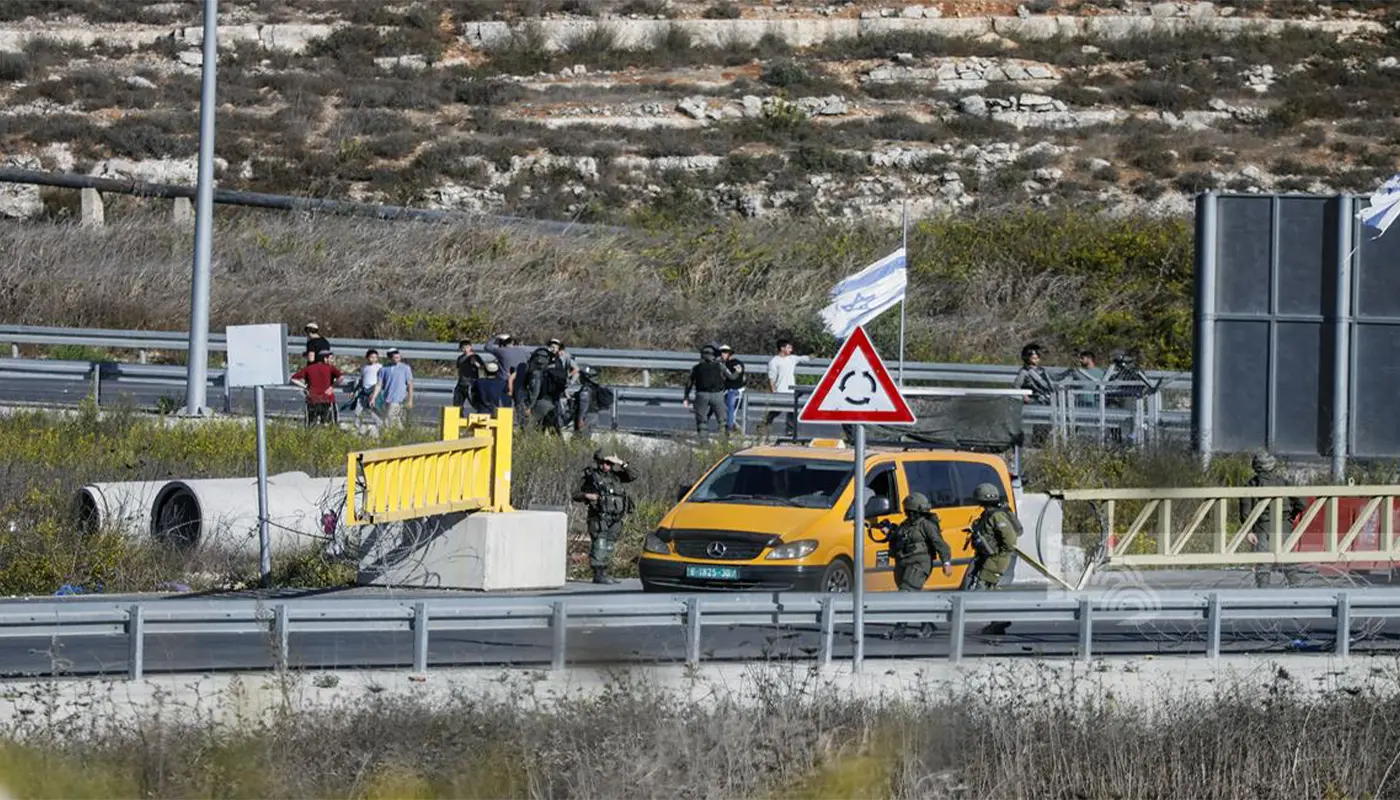Israeli forces have wounded several Palestinians in the Gaza Strip, while attacks by settlers in the occupied West Bank continue to escalate, according to medical and local rights-monitoring sources.
In Gaza, medical sources speaking to Al Jazeera report that at least six Palestinians were shot and wounded by Israeli forces across different parts of the enclave since dawn of 25 October.
Meanwhile, the Gaza Health Ministry has recorded that at least 97 Palestinians have been killed by Israeli attacks since a ceasefire brokered on 10 October came into effect.
In the West Bank, the surge in settler-led violence is drawing increasing concern. In the area of Surif, north of Hebron, Israeli settlers are reported to have attacked Palestinian homes in the al-Quraynat area of the town. Clashes also erupted between Palestinian youths and Israeli troops during a raid on the town of Beita, south of Nablus, according to Al Jazeera’s Arabic service.
In another incident, settlers from illegal West Bank outposts assaulted the Arab al-Ara’ara Bedouin community east of Jaba village, in the governorate of Jenin (north of occupied Jerusalem).
Officials from the human-rights group Al‑Baʿidar Human Rights Organisation say settlers poured flammable material onto olive trees, setting fire to groves, in a move they view as aiming to push Palestinians from their lands within the context of the Israeli government’s E1 settlement plan.
Rights-monitoring agencies say that this pattern of violence is far from isolated. For example, the United Nations Office for the Coordination of Humanitarian Affairs (Occupied Palestinian Territory) (OCHA) reports that since 7 October, settler attacks against Palestinians in the West Bank have averaged almost six incidents per day, a sharp increase compared with prior years.
The surge in violence in both Gaza and the West Bank raises wider questions about the durability of the ceasefire and the broader humanitarian consequences. While Gaza remains under intense military pressure, Bedouin and rural communities in the West Bank warn of a creeping strategy of displacement, as agricultural land is vandalised and communities face threats of eviction.
In Gaza, the death toll nearly 100 since the ceasefire, underscores that the pause in open war has not meant a halt in bloodshed. The continuing operations by Israeli forces, alongside restrictions on aid and movement, leave civilians in increasingly precarious conditions.
Meanwhile, in the West Bank, the escalation of settler violence and the destruction of olive groves threaten the livelihoods and traditional ways of life for Palestinian communities.
Both areas point to a conflict that is not just military but socio-political: one where the lines between active combat and civilian suffering are increasingly blurred. The developments are likely to complicate diplomatic efforts, especially as international representatives push for humanitarian access and raising alarm about possible forced displacement in the West Bank.
With Israel not signalling a comprehensive de-escalation, the risks of further violence remain high. The coming days will be critical in determining whether the ceasefire in Gaza holds and whether international pressure can slow the growing pattern of settler assaults in the West Bank.
Sources: Al Jazeera, Anadolu Agency, OCHA






